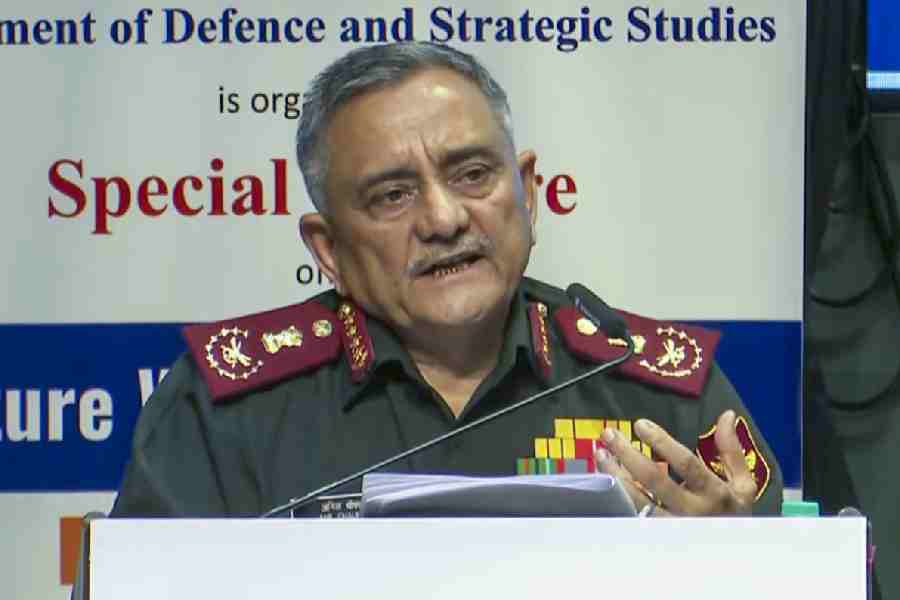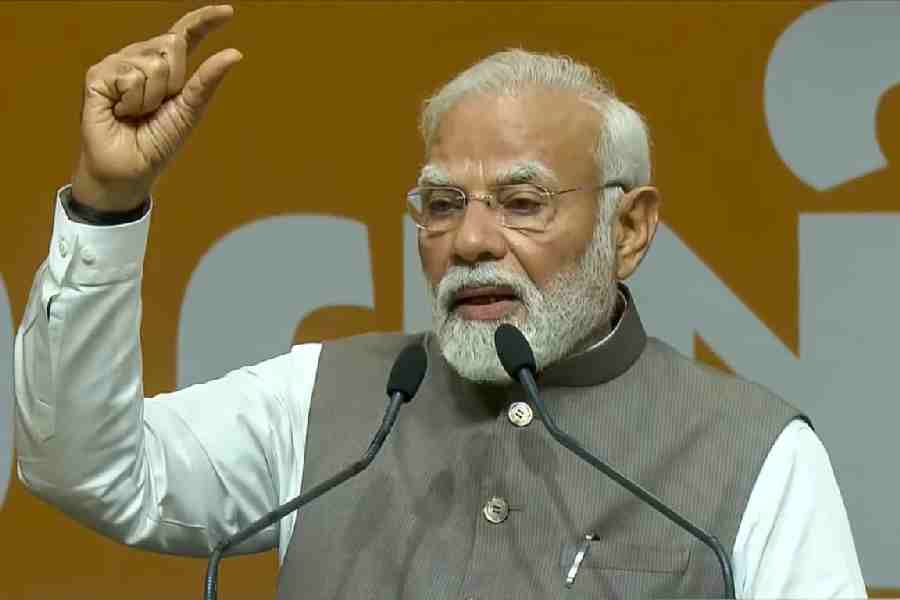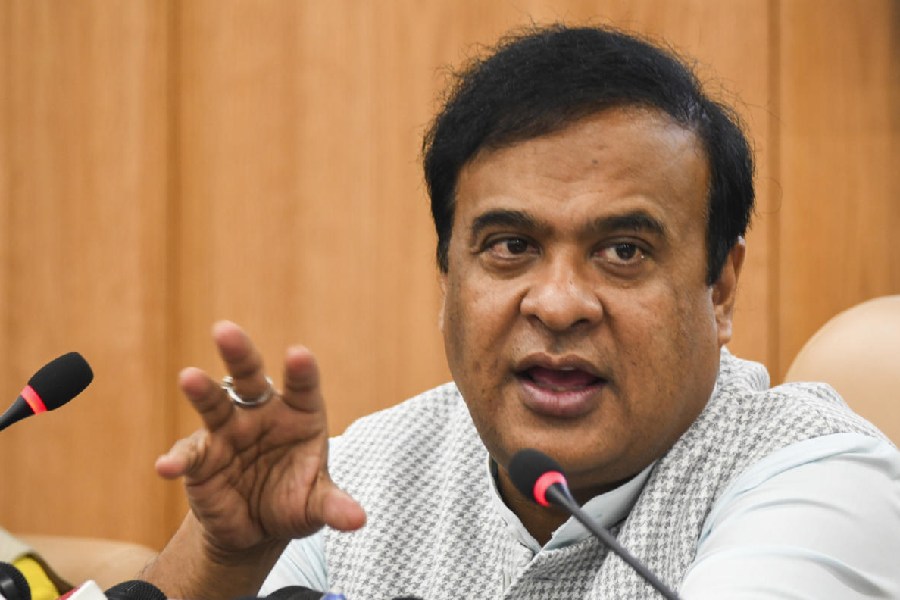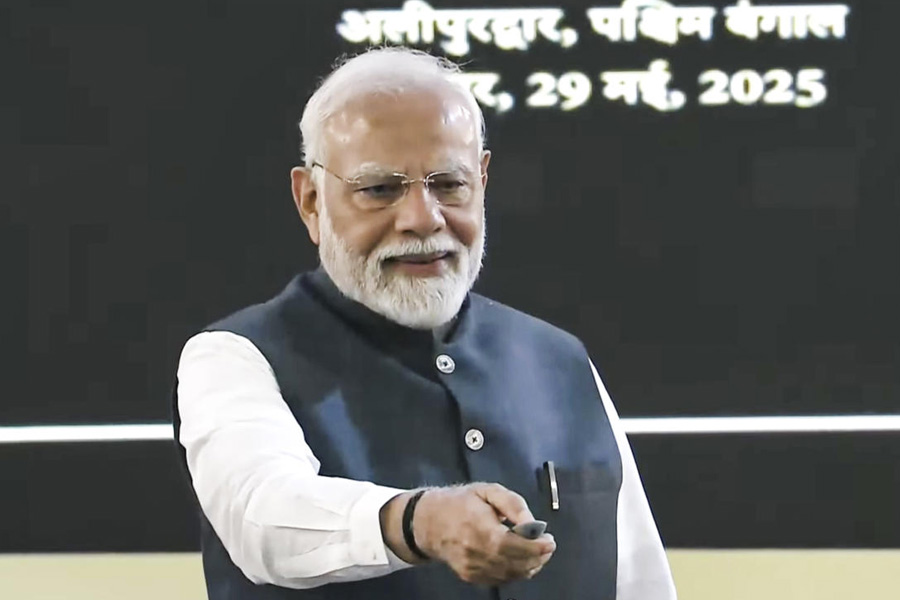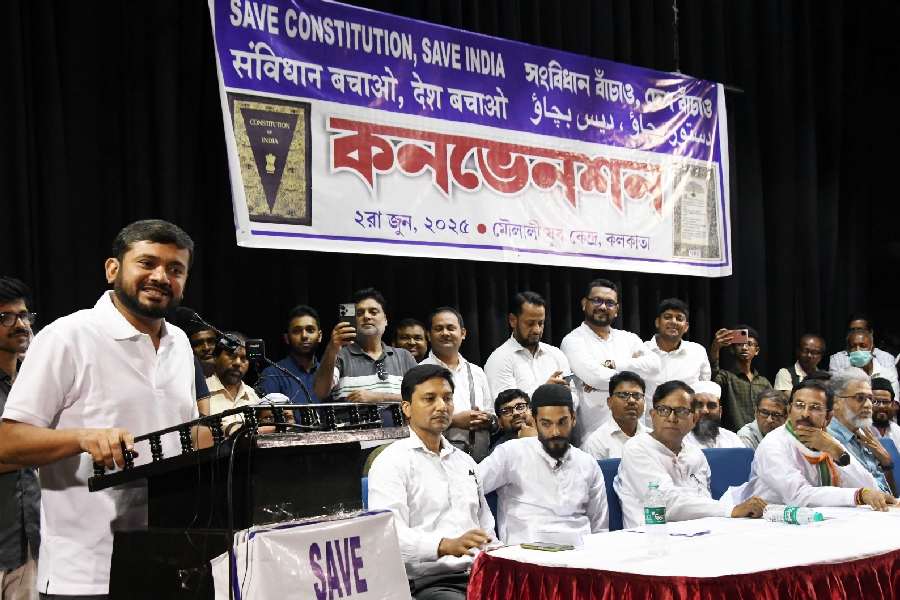 |
| The Shwedagon Pagoda in Myanmar: look east |
As Myanmar opens up to the West after decades of military rule and self-enforced isolation, China seems to be uncomfortable with the competition for influence it now faces. After the successful trip of the president of Myanmar, Thein Sein, to the United States of America, when he was fêted at the White House by President Barack Obama, the soldier-turned-politician went on a trip to Europe in July. Britain has even agreed to bankroll a census by the Thein Sein government — which, Western human rights activists fear, may be used by the quasi-military regime to deny citizenship to the beleaguered Rohingya Muslims in the state of Rakhine in Myanmar. Violations of human rights, specially in areas populated by ethnic minorities, are overlooked by Western governments, as they seek to make up for lost time to gain a toehold in Myanmar that will bring the Chinese influence under control.
The Chinese are understandably upset at the arrival of the ‘Great Game East’ on their borders, in a country it had got used to treating as a satellite, if not as a client State. Western intelligence sources say that the Chinese have started arming Wa insurgents with even helicopter gunships to warn the Myanmarese government that they can make things difficult for it. The Thein Sein government has recently signed a number of peace deals with ethnic rebel armies, including the United Wa State Army — but they are unwilling to open dialogues for a permanent settlement of any of these issues. Fresh fighting in Kachin and other ethnic areas erupt often — and that worries the Chinese because their Arakan-Yunnan gas-oil pipeline passes through these areas, as do much of their rail-road networks built to provide sea access to China’s landlocked south-western provinces like Yunnan.
But where does India stand in the ‘Great Game East’ that is developing around Myanmar? Many see India as being marginalized in a country that is crucial to its strategic and economic interests. The Myanmarese turn to the West, and not to India, when they seek to explore alternatives to the Chinese. Increasingly, India is being seen as a defensive power influence, incapable of contesting Chinese influence in Myanmar, and unwilling to play along with those who seek to contest Chinese influence there.
The West has long seen India, the Asean countries and Japan as playing a key role in checking China’s growing stranglehold on Myanmar — a nation located at the strategic crossroads of South and Southeast Asia. In the past, US officials had praised Myanmar’s more democratic neighbours for their “constructive engagement” with the former ruling junta that helped to limit Chinese influence. The US vice president, Joe Biden, said recently that the US was keenly watching the unfolding of India’s Look East policy. Japan, Australia and the Asean countries seek greater Indian involvement in Myanmar and the rest of Southeast Asia to offset China’s still dominant position in Myanmar.
But far from boosting its presence in its gradually democratizing neighbour, India has withdrawn into a shell. It has not even pushed Myanmar to do more to help with its security concerns along their shared border. It is happy with whatever little Myanmar has done to contain the insurgents in India’s remote northeastern states. These insurgents enjoy sanctuary in the Sagaing region, where Manipuri rebel groups are still active, and where the Naga and Assamese hardline factions still have bases, which have not yet faced any military action.
India is also doing little to stop the smuggling of weapons and narcotics from Myanmar. And, apart from completing the Tamu-Kalewa-Kalemyo highway — the only project India has been able to deliver on time in Myanmar — India has largely failed to implement its Look East policy in any meaningful, concrete way.
The Kaladan Multi-Modal Transit Transport Project, conceived around the modernization of Sittwe port in Rakhine state, has made only slow progress, and is, in any case, aimed more at ensuring access to India’s mainland and its remote Northeast, rather than at increasing India’s influence in Myanmar. India’s ambitious Delhi-Hanoi railway corridor through Myanmar seems an even more elusive goal, as there is still no funding available to build a rail link through the border state of Manipur to the Myanmar frontier. And Delhi continues to hesitate over reopening the Stilwell Road of World War II vintage, as it is unsure whether the move would create more problems than benefits for India.
While Myanmar’s government has sought Indian expertise in certain areas such as software development, telecommunication and services, it is less interested in what India may have to offer in key economic areas such as mining, heavy industries or infrastructure building. Nor does Myanmar’s army look to India as an alternative to China as a source of military hardware. Now that relations with the West are on the mend, the Tatmadaw (the Myanmarese army) can eventually look forward to getting access to the world’s most advanced military technology from the US. Development megaprojects are also beyond India’s means. For these, Myanmar is seeking funding partners in Japan, in the Asean countries or in the West.
In terms of soft power, however, India can more than hold its own, even against China. As the saying goes, even generals of the ruthless Myanmar army go to China for arms and to India for salvation. As the land of the Buddha, India has a special place in the hearts of Myanmar’s Buddhist faithfuls. Unfortunately, however, Delhi is woefully lacking in ideas as to how it can effectively wield its soft power. Apart from plans to send some Buddhist relics to Myanmar, India has made hardly any meaningful effort to step up its cultural diplomacy as a way to forge stronger ties.
India’s private sector is also not rising to the occasion as Myanmar opens its markets to the world. There are areas where it would not face much competition, such as media, human resource development, education, healthcare, information technology, entertainment and tourism. In all these areas, India could provide cost-effective and efficient alternatives to what is on offer from the rest of the world.
India’s business community, however, has not shown much initiative. Some Indian companies are getting into hotels, but not much else. Despite the huge following that Bollywood soap operas have in Myanmar, India’s movie moguls have not demonstrated much interest in tapping into this market. And this is not merely a commercial loss: media and entertainment are force-multipliers in winning hearts and minds.
For India’s political elite, Myanmar is valued chiefly for its strategic location vis-à-vis China. Efforts to strengthen India’s position in this three-way relationship have, however, been flawed. Over the last two decades, India moved away from its total support for Myanmar’s democratic movement and cultivated ties with the Tatmadaw in a game of catching up with China. In the process, it has lost credibility with the democratic movement, including with Aung Sang Suu Kyi, and has not gained much from the Tatmadaw either.
Myanmar is India’s only land bridge to Southeast Asia. Unless it can engage Myanmar decisively, the Look East thrust of Indian foreign policy will become little more than a cliché. As the world’s most populous democracy, India could do much more to help Myanmar in its democratic transition than just help run election commissions and give advice on parliamentary practices.
What India could share most is its own rich experience in handling ethnic minorities in its northeastern region, something that would help Myanmar enormously. India’s failures and success in the Northeast — the challenges it has faced in dealing with insurgents and the strategies it has adopted in engaging them in dialogue and in finally co-opting many of them might be more relevant to Myanmar’s new democratic leadership.


